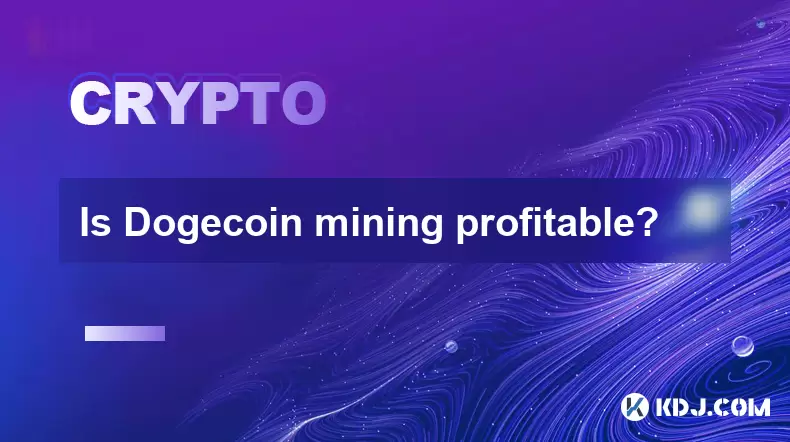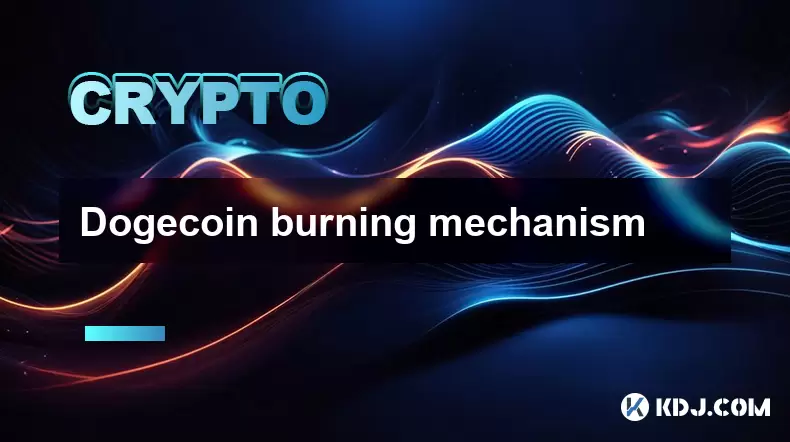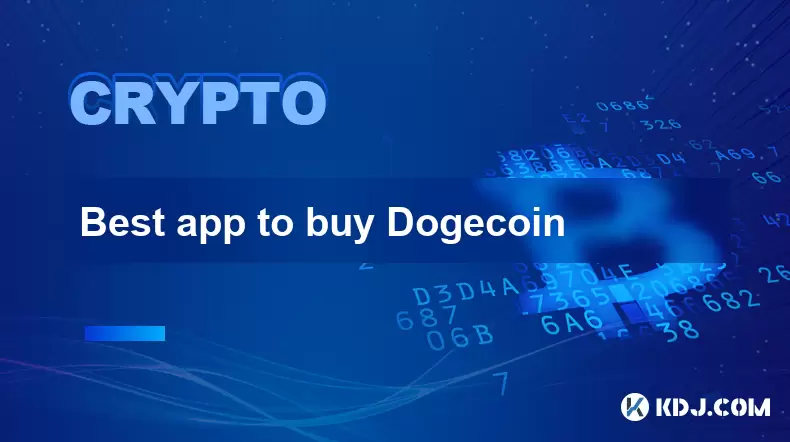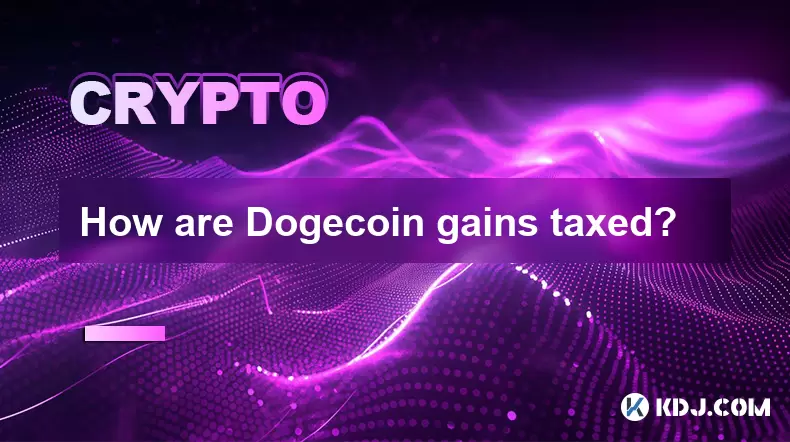-
 Bitcoin
Bitcoin $117500
-0.66% -
 Ethereum
Ethereum $3760
-1.24% -
 XRP
XRP $3.087
-2.54% -
 Tether USDt
Tether USDt $0.9999
-0.01% -
 BNB
BNB $803.6
-4.03% -
 Solana
Solana $180.3
-4.15% -
 USDC
USDC $0.9998
-0.01% -
 Dogecoin
Dogecoin $0.2218
-4.92% -
 TRON
TRON $0.3366
3.71% -
 Cardano
Cardano $0.7785
-3.73% -
 Hyperliquid
Hyperliquid $42.90
-4.75% -
 Sui
Sui $3.797
-7.45% -
 Stellar
Stellar $0.4165
-2.32% -
 Chainlink
Chainlink $17.65
-4.17% -
 Bitcoin Cash
Bitcoin Cash $561.0
-3.86% -
 Hedera
Hedera $0.2611
-4.54% -
 Avalanche
Avalanche $24.33
-7.02% -
 UNUS SED LEO
UNUS SED LEO $8.972
0.06% -
 Litecoin
Litecoin $107.6
-2.79% -
 Toncoin
Toncoin $3.254
-1.84% -
 Shiba Inu
Shiba Inu $0.00001306
-4.69% -
 Ethena USDe
Ethena USDe $1.001
0.00% -
 Uniswap
Uniswap $10.10
-4.83% -
 Polkadot
Polkadot $3.902
-4.63% -
 Monero
Monero $315.1
-2.57% -
 Dai
Dai $1.000
0.02% -
 Bitget Token
Bitget Token $4.499
-2.53% -
 Pepe
Pepe $0.00001145
-7.38% -
 Cronos
Cronos $0.1479
6.07% -
 Aave
Aave $281.3
-4.07%
Is Bitcoincoin mining profitable?
Dogecoin mining uses GPUs and the Scrypt algorithm, with profitability depending on hardware, electricity costs, and network difficulty.
Jul 29, 2025 at 02:00 pm

Understanding the Basics of Dogecoin Mining
Dogecoin is a proof-of-work (PoW) cryptocurrency, meaning it relies on miners to validate transactions and secure the network. Mining Dogecoin involves using computational power to solve complex mathematical puzzles, and successful miners are rewarded with newly minted DOGE coins. Unlike Bitcoin, which uses the SHA-256 algorithm, Dogecoin utilizes the Scrypt algorithm, which was initially designed to be more memory-intensive and less susceptible to ASIC dominance.
This distinction is crucial for miners considering entry into Dogecoin mining. Scrypt-based mining allows for the use of GPUs (Graphics Processing Units), which are more accessible and affordable compared to the specialized ASICs used for Bitcoin. However, this also means that mining pools and hardware choices play a significant role in determining profitability.
Factors Influencing Dogecoin Mining Profitability
Profitability in Dogecoin mining hinges on several interrelated factors:
- Mining hardware performance (hashrate): Higher hashrate increases the probability of solving blocks and earning rewards.
- Electricity costs: Mining consumes significant energy, so low electricity costs are essential for profitability.
- Mining pool fees and efficiency: Joining a reliable mining pool can increase the chances of earning regular rewards, but pool fees and payout structures vary.
- Network difficulty: As more miners join the network, difficulty adjustments can reduce individual earnings.
- Dogecoin price volatility: Since miners earn DOGE, market price fluctuations directly impact fiat-denominated profits.
Each of these elements must be carefully evaluated before investing in mining equipment or committing resources.
Hardware Options for Mining Dogecoin
Miners typically use GPUs for Scrypt-based cryptocurrencies like Dogecoin. Popular choices include:
- NVIDIA GeForce RTX 3060 Ti: Offers a hashrate of around 2.1 Mh/s with relatively efficient power consumption.
- AMD Radeon RX 6700 XT: Delivers approximately 2.8 Mh/s, making it a strong contender for Scrypt mining.
- AMD Radeon VII: Known for its high memory bandwidth, it can achieve up to 3.0 Mh/s.
It's important to compare hashrate, power consumption (measured in watts), and cost when selecting hardware. For example, a card with a higher hashrate but excessive power draw may not be cost-effective in the long run. Additionally, using mining software like CGMiner or EasyMiner can optimize performance and stability.
Step-by-Step Guide to Start Mining Dogecoin
To begin mining Dogecoin, follow these steps:
- Choose and purchase mining hardware: Select a GPU that balances hashrate, power efficiency, and cost.
- Install mining software: Download and configure CGMiner or cpuminer-multi, ensuring compatibility with your hardware and operating system.
- Create a Dogecoin wallet: Use a secure wallet like Dogecoin Core, Electrum-Doge, or a hardware wallet to store mined coins.
- Join a mining pool: Register with a reputable pool such as DogeMining.com or Prohashing, and configure your mining software with the pool’s server address and login credentials.
- Monitor and optimize performance: Track hashrate, connection stability, and temperature using mining software dashboards and adjust settings as needed.
Each step requires attention to detail, especially during software configuration and pool setup, as even small errors can prevent mining from functioning correctly.
Calculating Potential Profits and Costs
To determine whether Dogecoin mining is profitable for your setup, consider using a mining profitability calculator tailored for Scrypt-based coins. Input variables such as:
- Hashrate of your GPU
- Power consumption in watts
- Cost of electricity per kWh
- Current Dogecoin price
- Pool fees and network difficulty
For example, if your GPU delivers 2.5 Mh/s with a power draw of 120W, and electricity costs $0.10 per kWh, you can estimate daily earnings. At a Dogecoin price of $0.07, a solo miner might earn around 100–150 DOGE per day, translating to roughly $7–$10 USD. However, pool fees and network difficulty will reduce this amount.
It's important to note that electricity costs can easily surpass earnings if not optimized. Miners in regions with high energy prices may find profitability elusive without access to subsidized or renewable power sources.
Challenges and Risks in Dogecoin Mining
Despite its accessibility, Dogecoin mining is not without risks:
- High initial investment: Quality GPUs can cost hundreds of dollars, and mining rigs often require multiple cards.
- Hardware wear and tear: Continuous mining can shorten the lifespan of GPUs due to heat and stress.
- Market volatility: A drop in Dogecoin’s price can quickly turn profitable mining into a loss-making venture.
- Regulatory uncertainty: Cryptocurrency regulations vary by region and can impact mining legality and taxation.
Miners should also consider cooling solutions, noise levels, and space requirements when setting up a mining rig. These practical concerns can influence long-term sustainability and comfort.
Frequently Asked Questions
Q: Can I mine Dogecoin with a CPU?
A: While technically possible, CPU mining is highly inefficient for Scrypt-based coins. GPUs offer significantly better hashrate and energy efficiency, making them the preferred choice.
Q: Is cloud mining Dogecoin profitable?
A: Cloud mining services often come with high fees and low returns. Due to the lack of hardware control and potential for scams, most experts advise against cloud mining for Dogecoin.
Q: How often are Dogecoin blocks mined?
A: Dogecoin has a block time of approximately 1 minute, with each block currently rewarding miners 10,000 DOGE. This frequent block generation helps maintain steady mining rewards.
Q: What happens during a Dogecoin halving?
A: Unlike Bitcoin, Dogecoin does not have a halving schedule. The block reward remains constant at 10,000 DOGE per block, which can affect long-term profitability dynamics compared to other PoW coins.
Disclaimer:info@kdj.com
The information provided is not trading advice. kdj.com does not assume any responsibility for any investments made based on the information provided in this article. Cryptocurrencies are highly volatile and it is highly recommended that you invest with caution after thorough research!
If you believe that the content used on this website infringes your copyright, please contact us immediately (info@kdj.com) and we will delete it promptly.
- Bitcoin Price Drop: Navigating the Dip with Corporate Strategies
- 2025-07-30 07:30:12
- BNB's Bullish Cycle: ChatGPT Weighs In on the Future
- 2025-07-30 06:50:12
- XRP's Wild Ride: Open Interest, Price Crash Fears, and What's Next
- 2025-07-30 07:50:12
- SEC Greenlights In-Kind Creations: A Game Changer for Bitcoin ETPs?
- 2025-07-30 07:50:12
- Arbitrum (ARB) Price Prediction: Navigating the Ups and Downs of the Best ETH Eco
- 2025-07-30 06:50:12
- Ethereum, Ruvi AI, Presale: The Next Big Thing in Crypto?
- 2025-07-30 07:30:12
Related knowledge

Bitcoincoin burning mechanism
Jul 20,2025 at 09:21pm
What is the Dogecoin burning mechanism?The Dogecoin burning mechanism refers to the process of permanently removing DOGE tokens from circulation by se...

How to earn free Bitcoincoin?
Jul 19,2025 at 10:08pm
What is Dogecoin and Why Earn It?Dogecoin (DOGE) started as a meme-based cryptocurrency in 2013 but has grown into a widely recognized digital asset. ...

Is Coinbase a good wallet for Bitcoincoin?
Jul 19,2025 at 04:42pm
Understanding Coinbase as a Wallet Option for DogecoinWhen considering where to store Dogecoin, Coinbase is often mentioned as a potential option due ...

How to buy Bitcoincoin with PayPal?
Jul 23,2025 at 06:57am
Understanding the Basics of Buying DogecoinBefore diving into the process of buying Dogecoin with PayPal, it’s essential to understand what Dogecoin i...

Best app to buy Dogecoin
Jul 23,2025 at 03:08pm
What Is a Cryptocurrency Exchange and How Does It Work?A cryptocurrency exchange is a digital marketplace where users can buy, sell, or trade cryptocu...

How are Dogecoin gains taxed?
Jul 25,2025 at 07:01am
Understanding the Taxation of Dogecoin GainsWhen it comes to Dogecoin (DOGE), many investors are drawn to its meme-inspired branding and volatile pric...

Bitcoincoin burning mechanism
Jul 20,2025 at 09:21pm
What is the Dogecoin burning mechanism?The Dogecoin burning mechanism refers to the process of permanently removing DOGE tokens from circulation by se...

How to earn free Bitcoincoin?
Jul 19,2025 at 10:08pm
What is Dogecoin and Why Earn It?Dogecoin (DOGE) started as a meme-based cryptocurrency in 2013 but has grown into a widely recognized digital asset. ...

Is Coinbase a good wallet for Bitcoincoin?
Jul 19,2025 at 04:42pm
Understanding Coinbase as a Wallet Option for DogecoinWhen considering where to store Dogecoin, Coinbase is often mentioned as a potential option due ...

How to buy Bitcoincoin with PayPal?
Jul 23,2025 at 06:57am
Understanding the Basics of Buying DogecoinBefore diving into the process of buying Dogecoin with PayPal, it’s essential to understand what Dogecoin i...

Best app to buy Dogecoin
Jul 23,2025 at 03:08pm
What Is a Cryptocurrency Exchange and How Does It Work?A cryptocurrency exchange is a digital marketplace where users can buy, sell, or trade cryptocu...

How are Dogecoin gains taxed?
Jul 25,2025 at 07:01am
Understanding the Taxation of Dogecoin GainsWhen it comes to Dogecoin (DOGE), many investors are drawn to its meme-inspired branding and volatile pric...
See all articles

























































































